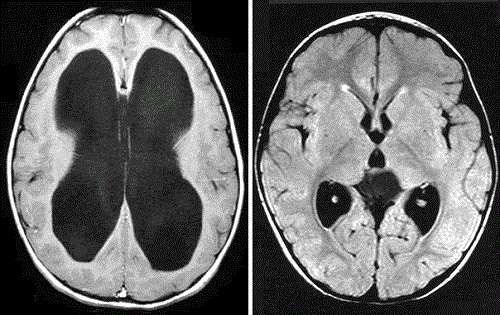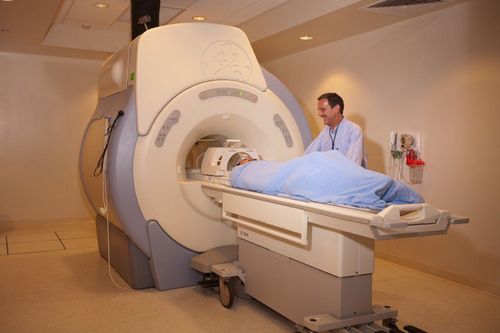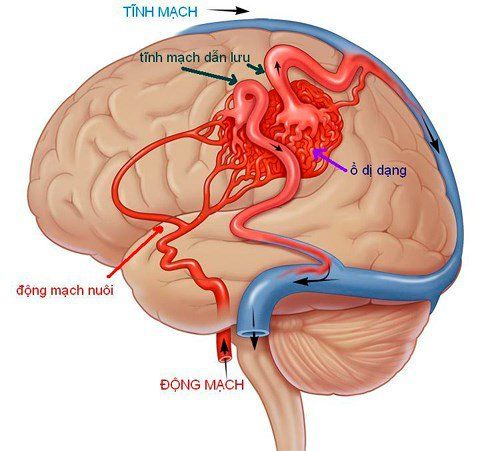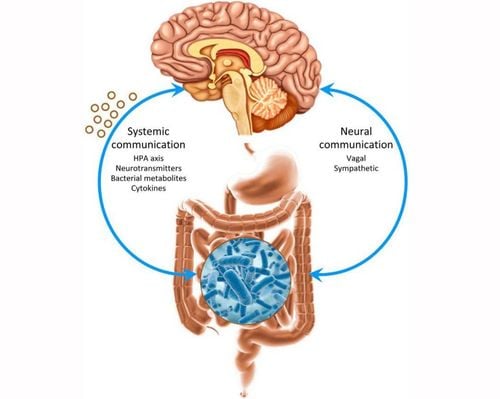This is an automatically translated article.
The article is expertly consulted by MSc.BS Bui Ngoc Phuong Hoa - Department of Medical Examination & Internal Medicine - Vinmec Danang International General Hospital.
Hydrocephalus is not a specific disease but is the result of many different diseases. The disease causes many serious complications if not diagnosed and treated promptly.
1. What is hydrocephalus?
Hydrocephalus has the English name Hydrocephalus, in which the prefix "hydro" means water and "cephalus" means brain, so it is also known as hydrocephalus.Hydrocephalus is an accumulation of too much cerebrospinal fluid, a fluid inside the brain that is responsible for reducing the impact of external trauma on the brain, providing nutrients to the brain and removing substances. discharge, while helping to regulate pressure inside the skull. The excess of cerebrospinal fluid causes the baby's head to grow bigger and bigger and damage the brain parenchyma. This condition, if not detected and treated promptly, will leave many complications that are difficult to recover.
2. How to diagnose hydrocephalus?
Before recommending a course of treatment, the doctor will:Review the medical history and physical examination (evaluate the child's physical development, measure the circumference of the head, examine the eyes).

Ultrasound can observe structures in the brain and ventricles. In older children, CT - Scan or MRI scan to confirm the diagnosis, evaluate the degree of ventricular dilatation, in addition, can detect the cause. Cranial X-ray: skull dilatation and possible finger impressions. CSF decompression sometimes provides temporary relief of symptoms (especially walking symptoms). Cerebrospinal fluid analysis was normal. Lumbar puncture decompresses cerebrospinal fluid. For pregnant women, the good news is that hydrocephalus can be detected while the fetus is still in the womb with the help of ultrasound, and after the baby is born, brain ultrasound is a very effective tool to help control this disease.
Master. Doctor Bui Ngoc Phuong Hoa has more than 24 years of experience in the field of neuropsychology. Doctor Hoa was formerly the Deputy Head of the Department of Neurology - Quang Ngai Provincial General Hospital and participated in many continuous training courses on Epilepsy, Cerebrovascular Accident, Alzheimer's, Movement Disorders, Geriatrics. Endocrine Pathology.
Please dial HOTLINE for more information or register for an appointment HERE. Download MyVinmec app to make appointments faster and to manage your bookings easily.














